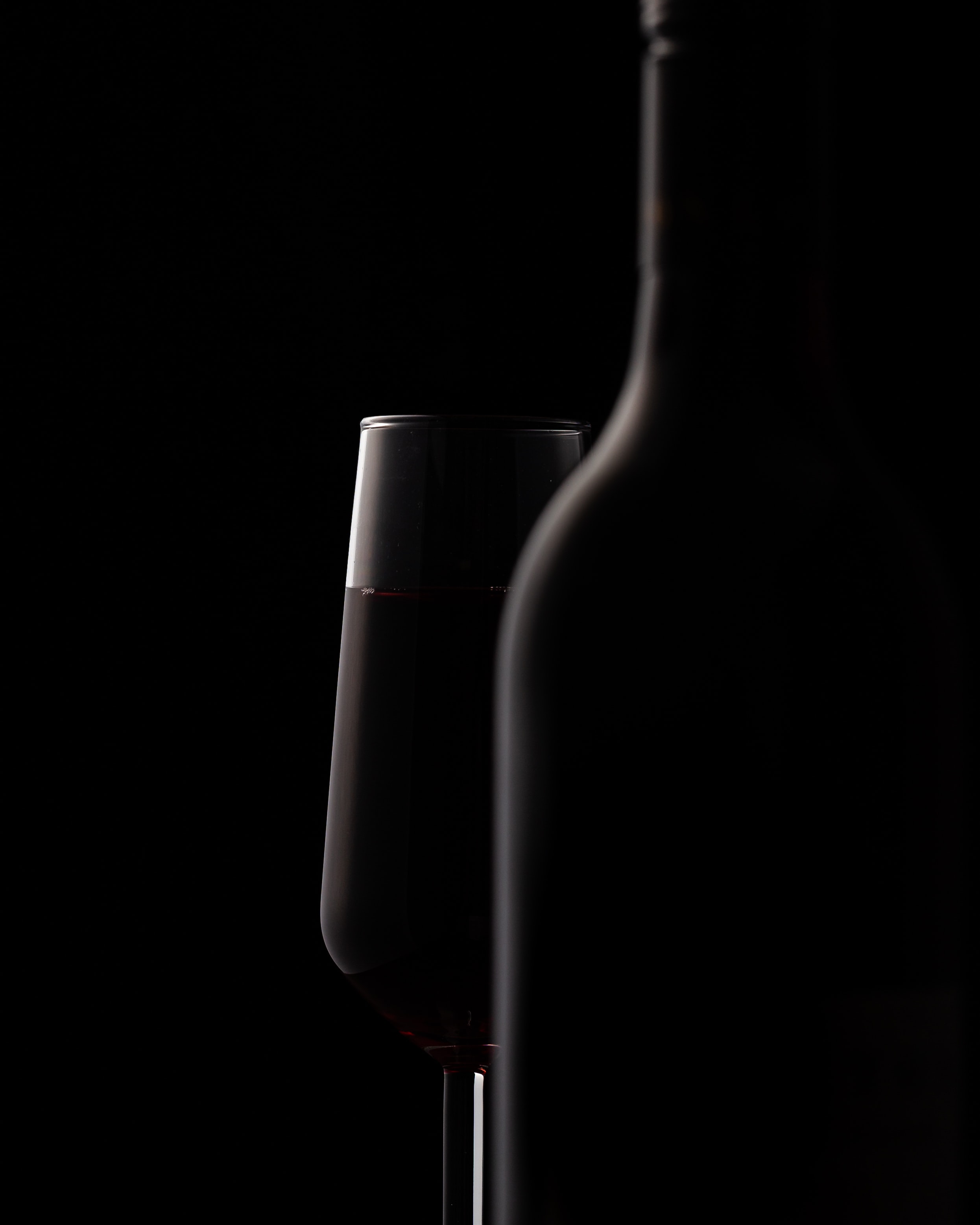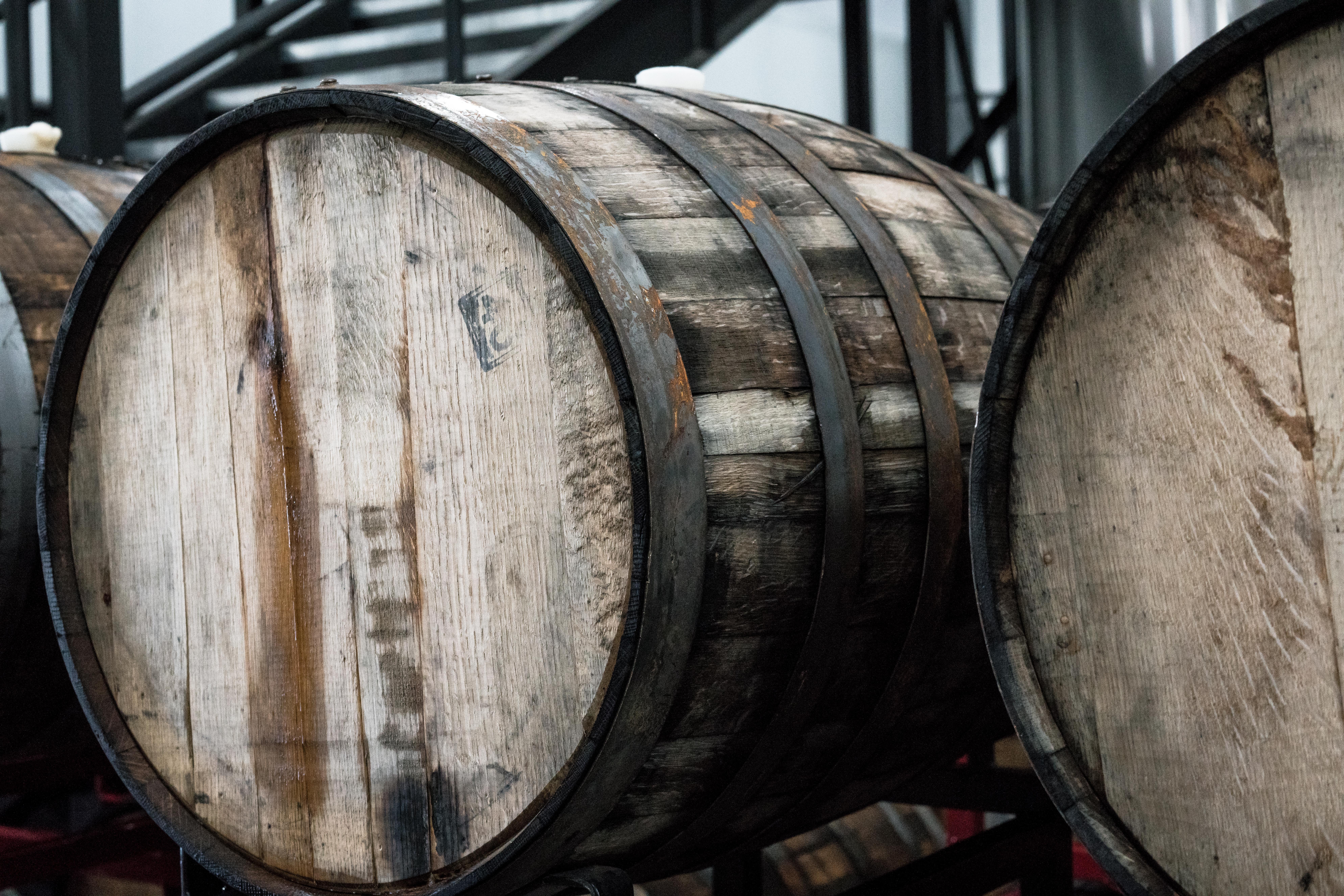10 myths about wine (that you should stop believing)

10 myths about wine (that you should stop believing)
February 3, 2024, 1:11 pm
Myths do not distinguish and we can be sure that both white and red wine are full of nonsensical theories that all they do is coerce our enjoyment of a good cup.
In this blog entry we will demystify false beliefs that circulate around the consumption of this grape-based drink and we will try to base ourselves on what Pliny the Elder said: “in wine is the truth”.
1.The red for meat and white for fish.
Roughly, reds combine with strong recipes such as meats and stews, but for example, a dish containing fatty fish can perfectly accommodate a lighter red. Everything will depend on the harmony between the wine and the food to combine the flavors in the best way.
Therefore, making such a generalization denotes a very important myth to eliminate when all this really depends on the style of winemaking and preparation of the dish. The key? Choose the wine properly and dare to experiment.

2.The amount of time in the barrel equals the quality
The "light" flavor of a wine was usually related to the time it spent in contact with the wood and immediately, the quality of the bottle was reduced. Like everything in trends, this is changing and now the consumer is looking for a less presence of the barrel in the cup. Relying on the belief that "less is more."
It is important to clarify that the barrel is essential in the elaboration of a red wine since it stabilizes, balances, cleans and evolves the aromas but it definitely does not define its excellence.
3.The longer the better.
You cannot put all the wines of the world into this myth. Many of the wines consumed regularly, those of the actual year, are made to be drink young. And on the other hand, there are those of long aging that are thought to be kept in the bottle for a longer time.
All the wines on the market are to be drunk and it is true that each one has an optimal moment of consumption, after that point time will only help the wine to lose its organoleptic qualities.
So… as wine experts, it is important to find out about the type of grape, the vintage and the aging process to decide whether to keep it (under what conditions and for how long) or if we should uncover the bottle.
4.Room temperature, please.
Thinking that the "ambient temperature" is the same in any area of the planet is as illogical as this myth, since it is not the same to be in Galicia as in Andalusia. What we really have to look for is the optimal temperature.
For an aged red wine, the ideal 'room temperature' should be 15-16 degrees and between 12-14 degrees for the young ones.
5. Do we decant or not?
It is false believes that all wines must be decanted, in fact very few need it. We remember the main reason to do it: to eliminate as much sediment as possible in very old wines.
Some do it to oxygenate the wine but we can bear in mind that uncorking it and leaving it open for a few minutes or served in the glass will be enough for oxygenation to occur.
6. If it does not have a cork, it is a bad wine.
This myth responds directly to a theme of tradition and custom. When we talk about wines of the year, the thread ensures that the wine remains in good condition, without aging and without the danger of cork disease.
The thread, the synthetic cork and the plate are designed to avoid micro-oxygenation and also perfectly fulfill their function of preventing the wine from spilling.
Therefore: the wine closed with some technique that is not natural cork is not worse, if anything, younger.
7.All against acidity
This myth does not make any sense since a good wine, red or white, must have acidity, controlled, but it must have. It is who helps us balance our drinking and keep it alive over time. In addition, without it, it would be almost impossible to pair wines with meals.
8.The more expensive the better
It is not a secret that luxury wines exist but that is another matter. We must not stop enjoying a good glass of wine only for what its price indicates.
When we talk about wines we must take into account the variety, the style and the regions. Many times due to lack of professional advice we can end up paying more for a wine that at the moment of truth leaves us with a bad taste in our mouths.
Luckily for all wine lovers, very few “bad” wines are currently sold to the point where supermarkets have improved their offer of “white label” wines.
9. Red and summer are not friends.
With this assumption, white and pink are for summer but ... what about everything that happens in between? Wine, unlike fashion, does not understand seasons.
It is normal to think that due to the temperatures of a time we prefer colder drinks but it is true that there are ideal reds to combat the heat and if they are served a little colder than recommended then it will not be a great deal.
10. “The wine never to the fridge"
It is not a secret that once the bottle is opened, the wine begins to spoil, but that does not mean that we do not have a little time to our advantage. Some reds, especially aged ones, can be kept for up to a week. They will lose a little of their aroma, flavor and quality but they can continue to be enjoyed.
In the absence of a cellar, it will always be convenient to use the refrigerator and if you have a vacuum cap it will only be necessary to place it in a vertical position so that the air is only in contact with the liquid. In this way the wine will evolve slower and will be better preserved.
